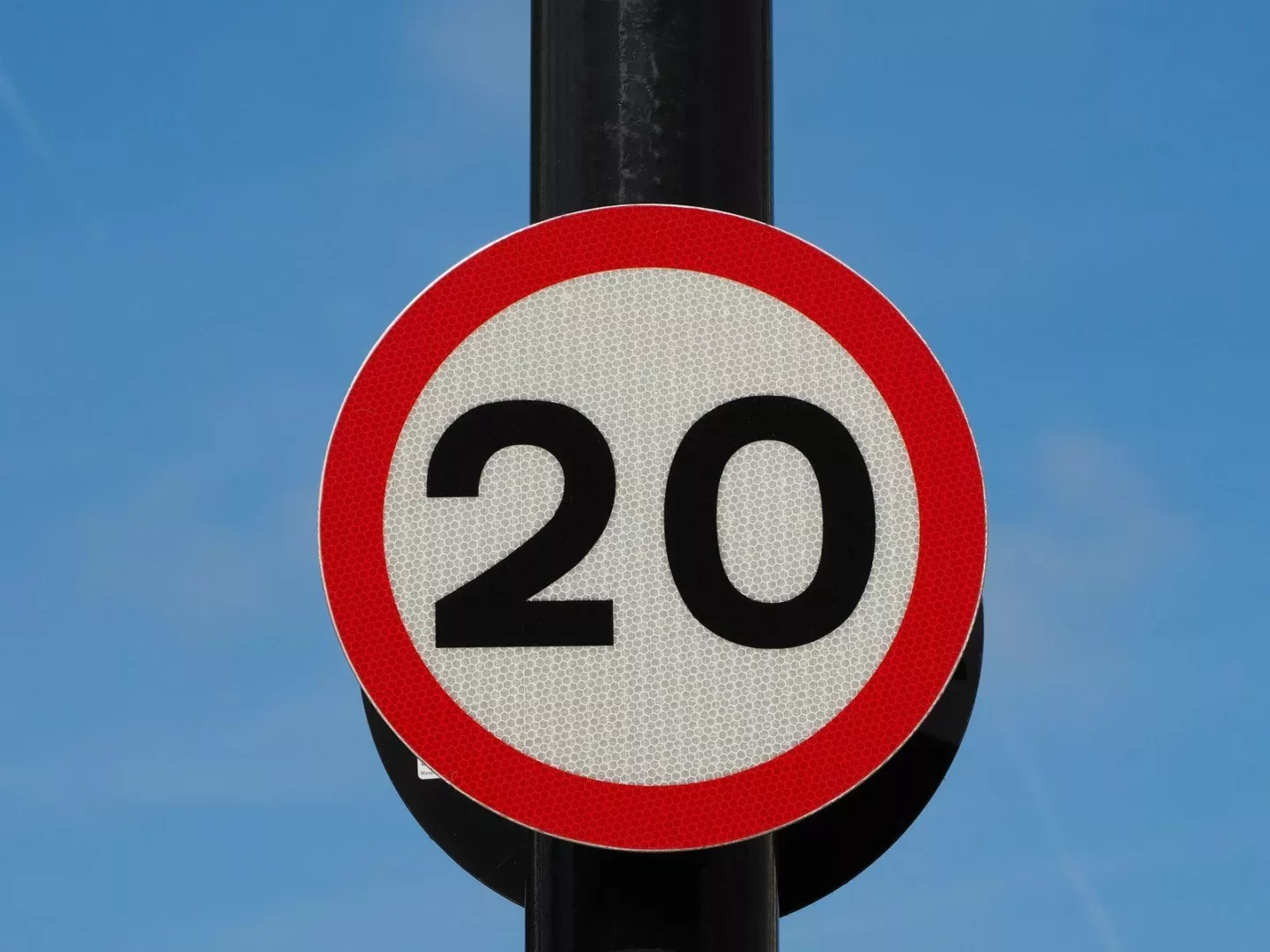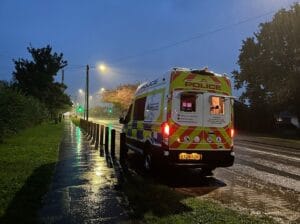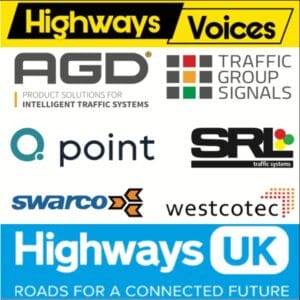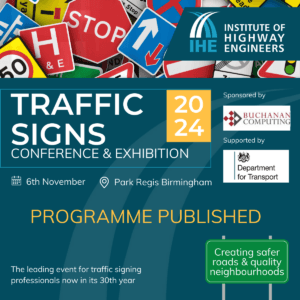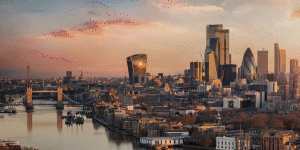New research by the Department for Transport shows that in 2022, under free-flowing traffic conditions, 50% of car drivers exceeded the speed limit on 30mph roads compared to 45% on motorways and 11% on national speed limit single carriageway roads.
It’s found that, overall, speed limit compliance in 2022 was slightly higher than 2021, where lower levels of compliance may be partly attributed to the impact COVID-19 on lower traffic levels.
In 2022 the percentage of car drivers exceeding the speed limit by more than 10mph was much lower than overall speeding, at 8% on motorways, 5% on 30mph roads and 1% on National Speed Limit (NSL) single carriageway roads (where the speed limit for cars is 60mph).
Car and motorcycle speed limit compliance levels tended to be highest on NSL single carriageways and lowest on 30mph roads.
The average car speed, under free flow conditions, was just under the speed limit on motorways (69mph), at the speed limit for 30mph roads (30mph) and under the speed limit on NSL single carriageway roads (51mph).
Detailed speed tables are available here.
Reacting to the figures, RAC head of policy Simon Williams said: “It’s concerning to see that every year half of drivers exceed the limit on 30mph roads, with more than a fifth (22%) last year driving more than five miles an hour too fast. The implications of speeding on these roads is likely to be greater than on faster roads, not least as they’re generally in areas with more pedestrians and cyclists.
“One possible explanation for why speed limit compliance is so much worse compared to other roads is that drivers may be used to looking for speed limit signs, which are much less prevalent on 30mph roads as generally speaking the presence of streetlights indicates the limit is 30mph. While drivers should know this, perhaps there is a case for the use of more ‘repeater’ signs in 30mph areas so there is no doubt.”
IAM RoadSmart Director of Policy Nicholas Lyes questioned the rush to introduce 20mph limits, saying: “Compliance with 20mph speed limits is dire and has barely changed since 2019 despite more of these limits springing up. The risk for pedestrians and cyclists is that these signs are becoming nothing more than a false sense of security. Surely local authorities need to think again on blanket 20mph urban zones and commit to targeting specific high-risk areas with 20mph limits alongside effective enforcement and road layouts that would guarantee lower speeds.”
(Picture – Yay Images)



